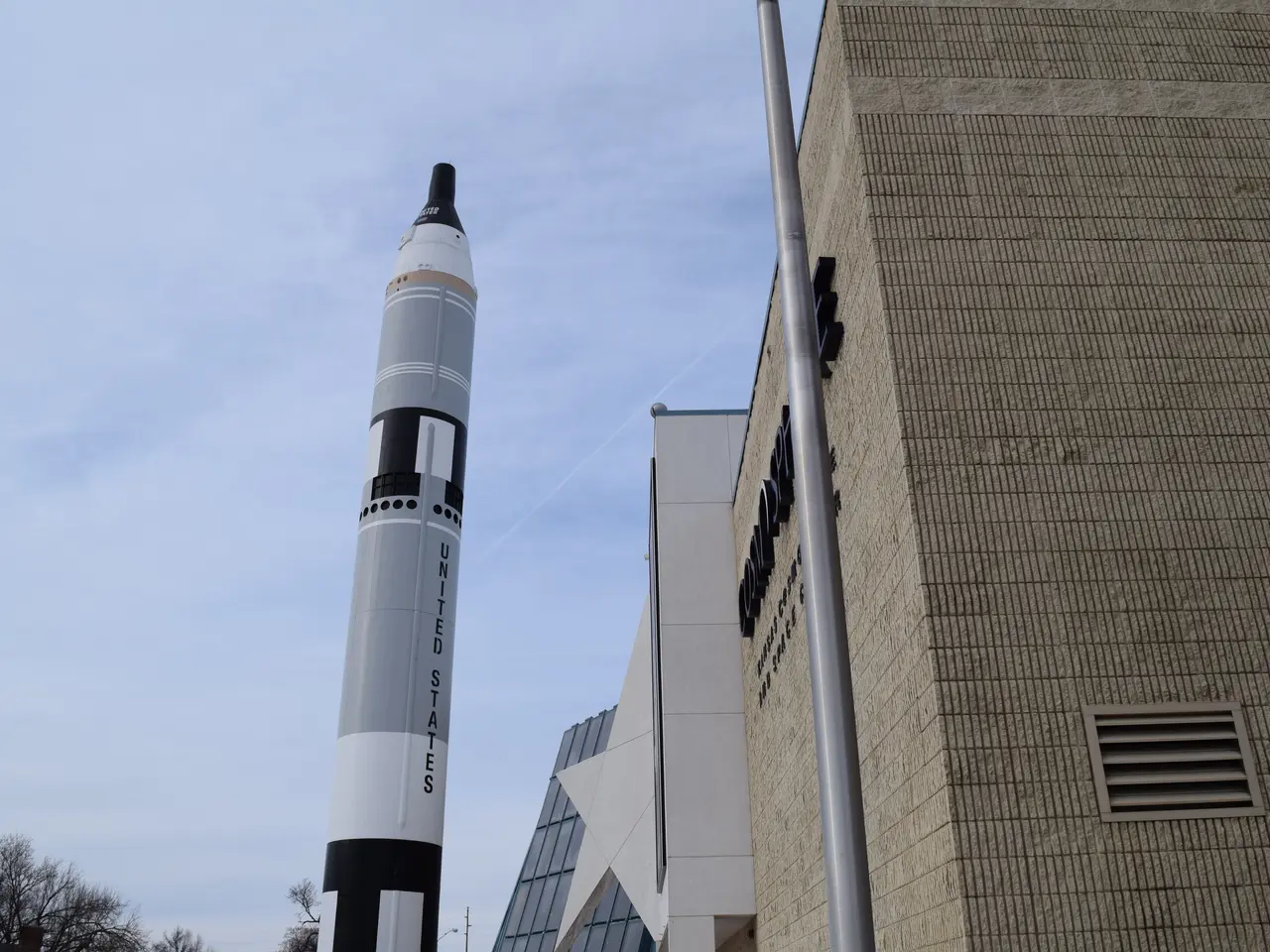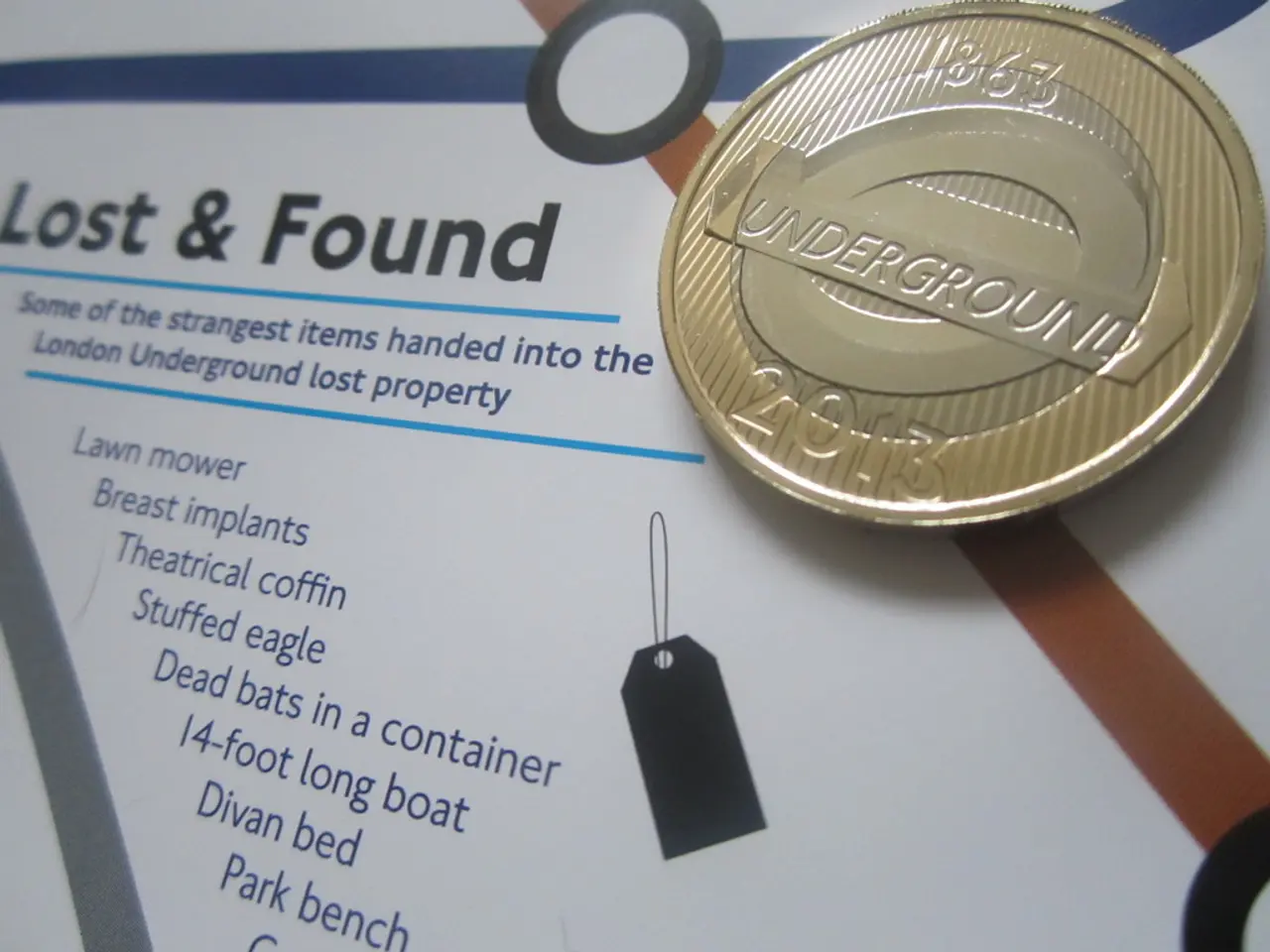Scientists Successfully Develop Antimatter Qubit, Possibly Providing Future Insights into the Reason Behind the Universe's Existence
In a groundbreaking development, scientists at the BASE collaboration at CERN have successfully coaxed an antiproton into behaving like a quantum bit, or qubit, for a record-breaking 50 seconds. This marks the first antimatter qubit, a significant milestone in the realm of quantum physics.
The antiproton was placed in a cryogenic Penning trap, where precisely tuned magnetic and electric fields were used to hold it steady in isolation. A carefully calibrated pulse of radiofrequency energy was applied to place the antiproton's spin into superposition, a quantum state where it is simultaneously "up" and "down."
Stefan Ulmer, spokesperson for BASE and a physicist at RIKEN and CERN, stated that this represents the first antimatter qubit and opens up the prospect of applying the entire set of coherent spectroscopy methods to single matter and antimatter systems in precision experiments. The stability permits quantum transition linewidths much narrower than before, enabling measurements of the antiproton’s magnetic moment up to 10 to 100 times more accurate than previously possible.
The precision achieved in this experiment, with transition linewidths up to 16 times narrower than in previous measurements, is a testament to the team's efforts. The improved resolution of coherent spectroscopy raises hopes for a breakthrough in understanding the imbalance between matter and antimatter.
The experiment aims to investigate the question of why the universe consists almost entirely of matter, as the Big Bang should have created equal amounts of matter and antimatter. The goal is to reach sensitivities of 10 parts per trillion, precision so high it could expose subtle asymmetries hidden beneath the apparent balance of matter and antimatter.
The BASE team has opened a new path by using techniques typically reserved for quantum computing, called coherent quantum transition spectroscopy, on a single trapped antiproton spin. This approach overcomes previous experimental challenges of noise, decoherence, and magnetic field fluctuations, allowing direct observation of quantum phenomena such as Rabi oscillations in a single antimatter particle’s spin.
Once fully operational, the new offline precision Penning trap system could allow for spin coherence times possibly ten times longer than in current experiments. Such a setup could enable a 10- to 100-fold improvement in precision when measuring the antiproton's magnetic moment.
However, it's important to note that antimatter qubits are not currently suitable for quantum computers. Barbara Latacz, CERN physicist and lead author of the study, emphasised this point. The engineering challenges for using antimatter qubits in real-world computing applications are immense.
The findings of the experiment were published in the journal Nature. The next phase of the project involves BASE-STEP, a transportable trap system designed to ferry antiprotons to quieter labs, where further experiments can be conducted to deepen our understanding of antimatter’s fundamental properties and their role in the universe.
This breakthrough lies in marrying quantum coherence control techniques with antimatter trapping technology, producing a tool to probe tiny differences in particle-antiparticle physics that could elucidate why matter dominates the cosmos despite theory predicting symmetry.
- The antiproton's spin was placed in superposition, a quantum state where it is simultaneously "up" and "down," using technology like precisely tuned magnetic and electric fields and a careful pulse of radiofrequency energy.
- The BASE collaboration's breakthrough in creating an antimatter qubit could provide a significant leap forward in scientific research, opening up prospects for applying coherent spectroscopy methods to single matter and antimatter systems.
- The improved resolution of coherent spectroscopy could shed light on medical-conditions related to the imbalance between matter and antimatter, as the experiment aims to investigate the question of why the universe consists almost entirely of matter.
- The BASE team's experiment involved using techniques typically reserved for quantum computing, such as coherent quantum transition spectroscopy, on a single trapped antiproton spin, to observe quantum phenomena like Rabi oscillations in a single antimatter particle’s spin.
- Despite the breakthrough, antimatter qubits are not currently suitable for quantum computers due to immense engineering challenges for using antimatter qubits in real-world computing applications.




